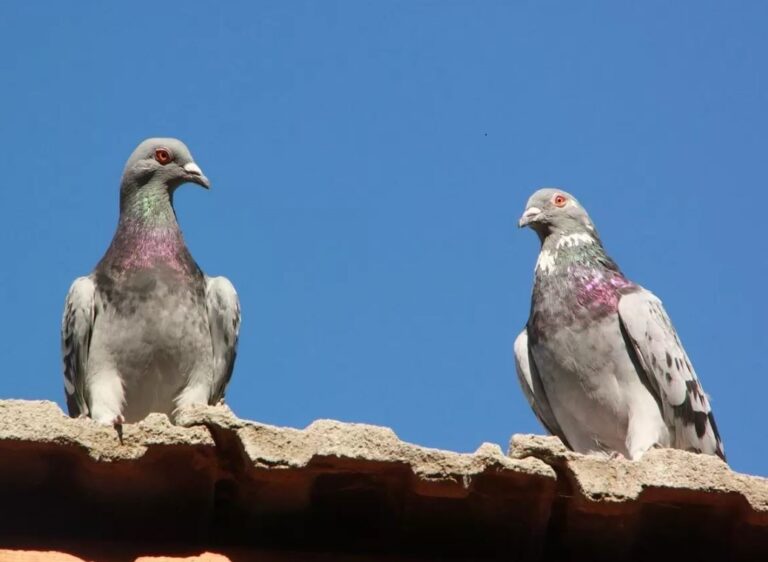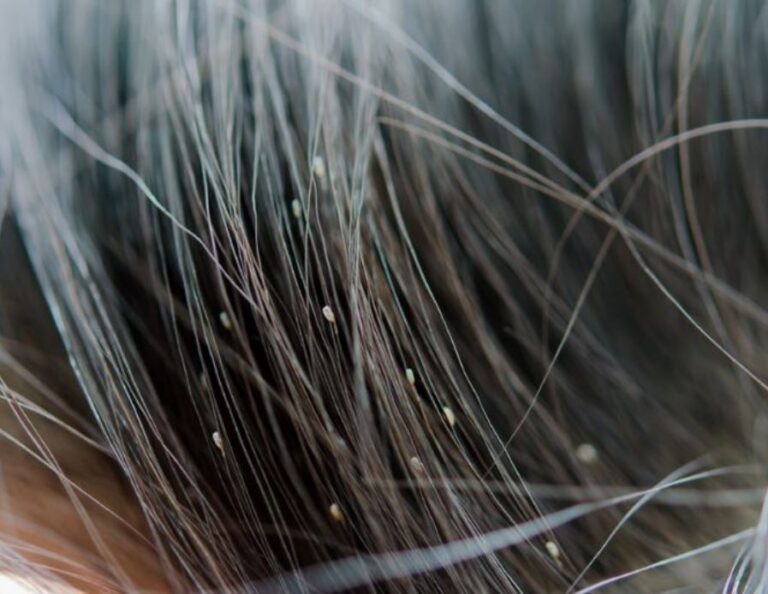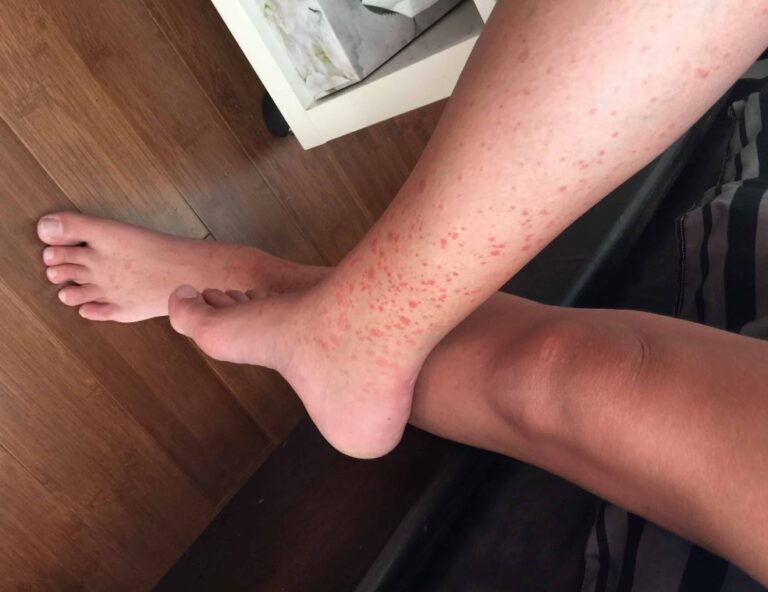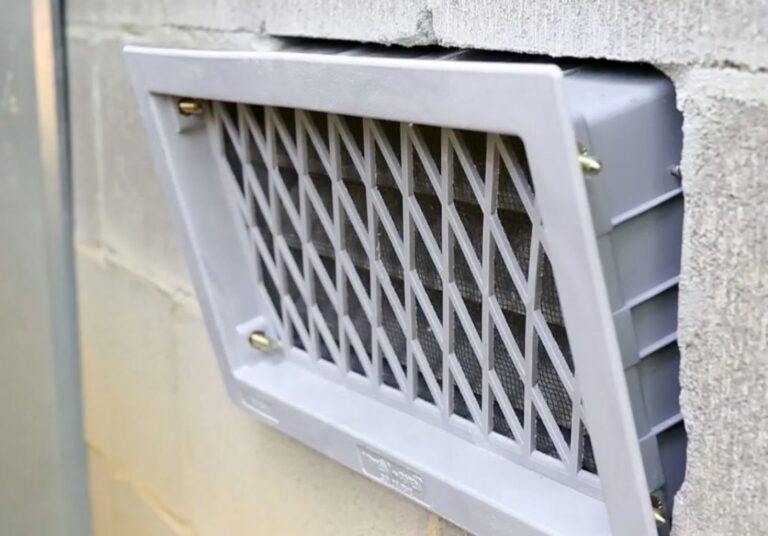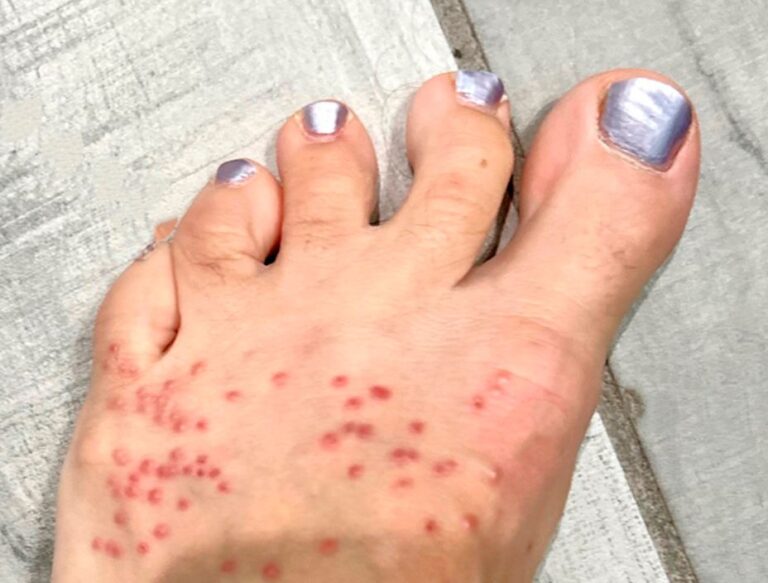Signs You May Have Squirrels in Your Attic or Roof: A Homeowner’s Guide
Squirrels may look cute and harmless in your backyard, but when they invade your attic or roof, they can cause serious damage. These agile rodents are notorious for chewing through wood, insulation, and even electrical wiring, creating fire hazards and costly repairs.
If you suspect squirrels have taken up residence in your home, early detection is key. Here are the most common signs of a squirrel infestation—and what you should do about it.
1. Strange Noises Coming from the Attic or Roof
One of the first indicators of squirrels is unusual sounds, especially during daylight hours (since squirrels are diurnal). Listen for:
- Scratching or scurrying – Light, quick movements across the ceiling or walls.
- Gnawing or chewing – Squirrels constantly chew to keep their teeth sharp.
- Thumping or rolling noises – Squirrels may drag nuts or nesting materials around.
If you hear these sounds primarily in the morning or late afternoon, squirrels are likely the culprits (unlike rodents like rats or mice, which are more active at night).
2. Visible Damage to Roof, Vents, or Soffits
Squirrels often enter through weak spots in your roofline. Inspect your home’s exterior for:
- Chewed holes – Squirrels can gnaw through wood, aluminum siding, or roof vents to create entry points (typically 2-4 inches in diameter).
- Damaged soffits or fascia boards – Look for peeling, splintered, or gnawed wood.
- Loose or missing shingles – Squirrels may pry them up to access the attic.
A thorough inspection of your roof and eaves can reveal their entry points.
3. Droppings and Urine Stains
Squirrel droppings resemble large grains of rice (about ⅜ inch long) with rounded edges. You may find them:
- Near entry points
- Along attic beams
- Around insulation
Additionally, urine stains can create dark spots on ceilings or walls and produce a musty odor over time.
4. Nests Made of Insulation, Leaves, or Debris
Squirrels build nests (called “dreys”) using shredded materials like:
- Insulation (often torn from walls or attic floors)
- Leaves, twigs, and paper
- Fabric or cardboard
If you find a clumped mass of these materials in your attic, it’s a strong sign of squirrel activity.
5. Chewed Wires or Structural Damage
One of the most dangerous squirrel behaviors is their tendency to gnaw on electrical wiring, which can lead to:
- Power outages
- Fire hazards
- Damaged HVAC or plumbing lines
Check exposed wiring, pipes, and wooden beams for teeth marks or fraying.
6. Sightings of Squirrels Near Your Roof
If you frequently see squirrels:
- Running along power lines toward your house
- Jumping from trees onto your roof
- Hanging around vents or gutters
…they may already have an established nest inside.
What to Do if You Have Squirrels in Your Attic
If you’ve noticed these signs, take action quickly:
- Inspect and identify entry points – Seal any gaps after ensuring no squirrels are trapped inside.
- Use humane exclusion methods – One-way doors allow squirrels to leave but not return.
- Trim nearby tree branches – Keep them at least 6-8 feet away from your roof to limit access.
- Call a wildlife professional – Licensed experts can safely remove squirrels and prevent re-entry.
Final Thoughts
Ignoring a squirrel infestation can lead to expensive repairs and potential safety risks. By recognizing the early warning signs—noises, damage, droppings, and nests—you can address the problem before it escalates.
If you suspect squirrels are in your attic, act fast to protect your home and avoid costly damage.


